STM32F407VET6 ARM Cortex-M4 MCU Overview: Features, Architecture, and Industrial Applications

- Part No.:
- STM32F407VET6
- Manufacturer:
- STMicroelectronics
- Package:
- 100-LQFP
- Description:
- IC MCU 32BIT 512KB FLASH 100LQFP
- Quantity:
- Payment:

- Shipping:

Article Details
- Details
- Specifications
- Comparison
1. Introduction
STM32F407VET6 belongs to the STM32F407xx series of high-performance microcontrollers (MCU) from STMicroelectronics. It is based on the ARM® Cortex™-M4F 32-bit RISC core, with a maximum clock frequency of up to 168 MHz. It features powerful processing capabilities and abundant peripheral resources, including 1 MB flash memory, 192 KB static random access memory (SRAM), and an additional 4 KB backup SRAM. It supports a wide voltage range (1.8V - 3.6V) and can operate stably within the temperature range of -40°C to +105°C. It is suitable for various high-performance embedded applications and is commonly used in motor control, medical devices, and other fields.
This article will provide a detailed introduction focusing on the characteristics, working principles, application examples, key information from the datasheet, and design concepts of the STM32F407xx series.
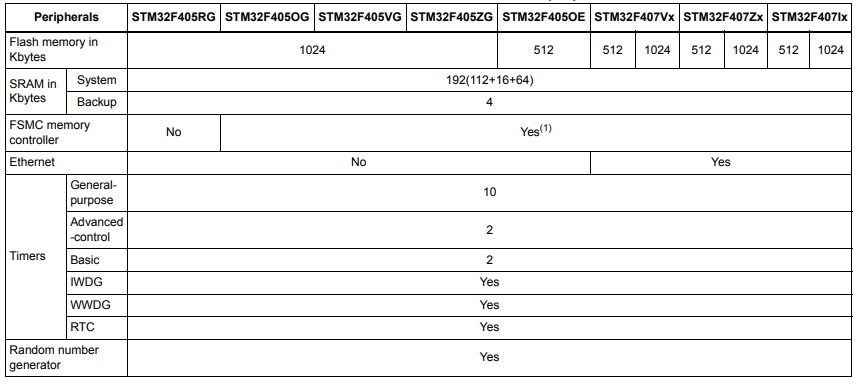
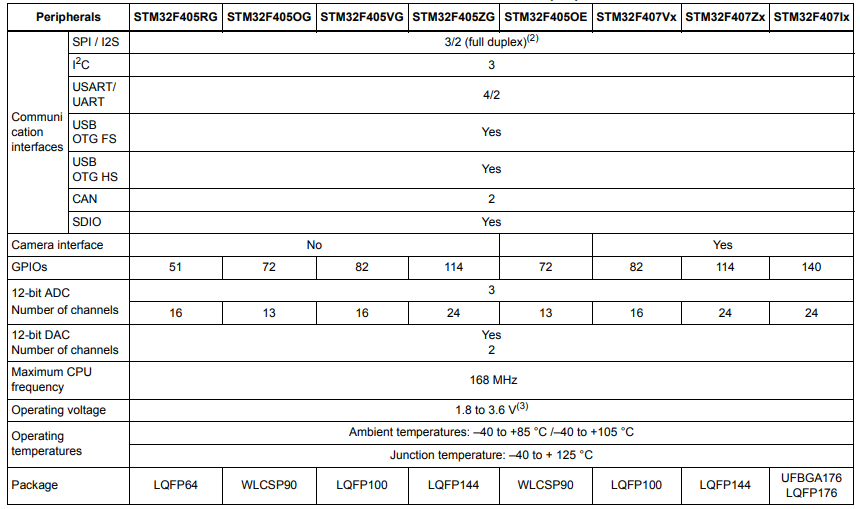
2. Key Features
- Core: ARM 32-bit Cortex™-M4 CPU with FPU,Adaptive real-time accelerator (ARTAccelerator™) allowing 0-wait state executionfrom Flash memory, frequency up to 168 MHz,memory protection unit, 210 DMIPS/1.25 DMIPS/MHz (Dhrystone 2.1), and DSPinstructions
- Memories
- Up to 1 Mbyte of Flash memory
- Up to 192+4 Kbytes of SRAM including 64-Kbyte of CCM (core coupled memory) dataRAM– Flexible static memory controllersupporting Compact Flash, SRAM,PSRAM, NOR and NAND memories
- LCD parallel interface, 8080/6800 modes
- Clock, reset and supply management
- 1.8 V to 3.6 V application supply and I/Os
- POR, PDR, PVD and BOR
- 4-to-26 MHz crystal oscillator
- Internal 16 MHz factory-trimmed RC (1%accuracy)
- 32 kHz oscillator for RTC with calibration
- Internal 32 kHz RC with calibration
- Low power
- Sleep, Stop and Standby modes
- VBAT supply for RTC, 20×32 bit backupregisters + optional 4 KB backup SRAM
- 3×12-bit, 2.4 MSPS A/D converters: up to 24channels and 7.2 MSPS in triple interleavedmode
- 2×12-bit D/A converters
- General-purpose DMA: 16-stream DMAcontroller with FIFOs and burst support
- Up to 17 timers: up to twelve 16-bit and two 32-bit timers up to 168 MHz, each with up to 4 IC/OC/PWM or pulse counter and quadrature(incremental) encoder input
- Debug mode
- Serial wire debug (SWD) & JTAGinterfaces
- Cortex-M4 Embedded Trace Macrocell™
- Up to 140 I/O ports with interrupt capability
- Up to 136 fast I/Os up to 84 MHz
- Up to 138 5 V-tolerant I/Os
- Up to 15 communication interfaces
- Up to 3 × I2C interfaces (SMBus/PMBus)
- Up to 4 USARTs/2 UARTs (10.5 Mbit/s, ISO7816 interface, LIN, IrDA, modem control)
- Up to 3 SPIs (42 Mbits/s), 2 with muxedfull-duplex I2S to achieve audio classaccuracy via internal audio PLL or externalclock
- 2 × CAN interfaces (2.0B Active)
- SDIO interface
- Advanced connectivity
- USB 2.0 full-speed device/host/OTGcontroller with on-chip PHY
- USB 2.0 high-speed/full-speeddevice/host/OTG controller with dedicatedDMA, on-chip full-speed PHY and ULPI
- 10/100 Ethernet MAC with dedicated DMA:supports IEEE 1588v2 hardware, MII/RMII
- 8- to 14-bit parallel camera interface up to54 Mbytes/s
- True random number generator
- CRC calculation unit
- 96-bit unique ID
- RTC: subsecond accuracy, hardware calendar
3. Working Principle
The STM32F407VET6 is based on the ARM® Cortex™-M4F 32-bit processing core, featuring a built-in floating-point unit (FPU) and DSP instruction set, capable of efficiently handling both logic control and mathematical operation tasks simultaneously.
The program of this chip is stored in the internal Flash memory and is directly executed by the ART Accelerator™ adaptive real-time accelerator. Even at the highest 168 MHz frequency, it can achieve zero wait access, ensuring the real-time response performance of the system.
The system structure adopts a multi-bus architecture (AHB, APB1, APB2), which connects the CPU, memory and peripherals at high speed to achieve rapid data exchange.
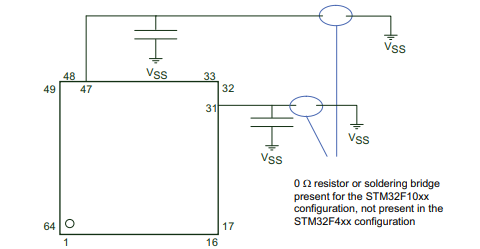
4. Applications
- Motor drive and application control
- Medical equipment
- Industrial applications: PLC, inverters, circuit breakers
- Printers, and scanners
- Alarm systems, video intercom, and HVAC
- Home audio appliances
5. Datasheet Highlights
- Maximum clock speed: 168 MHz.
- Storage resources: 1 MB Flash, 192 KB SRAM, 4 KB backup SRAM.
- Operating voltage: 1.8 V to 3.6 V (can be reduced to 1.7 V at 0 to 70°C).
- Operating temperature range: -40°C to +105°C.
- Package: LQFP10
6. Design Considerations
1. Overall Design Concept
Based on the ARM® 32-bit Cortex®-M4 CPU, it integrates a floating-point unit (FPU) and DSP instruction set, achieving high-speed signal processing while maintaining low power consumption: with the energy consumption of a general MCU, achieving performance close to that of a DSP.
This architecture realizes zero-wait execution from Flash through the ART Accelerator™, enabling the system to achieve a performance output of 210 DMIPS at 168 MHz, balancing high speed and real-time response.
2. System Architecture Concept
The chip adopts a multi-layer AHB bus matrix structure, distributing the CPU, DMA, memory, and peripherals into independent bus domains to ensure the parallelism and real-time nature of data transmission.
The modular peripheral interface design (including SPI, I²C, USART, USB OTG, Ethernet MAC, etc.)
Reflects the system design concept of high integration and multiple communication capabilities, suitable for complex embedded systems.
3. Power and Clock Architecture Concept
The STM32F407VET6 adopts a flexible clock tree structure and multi-power domain division, supporting a working range from 1.8 V to 3.6 V. It has multiple oscillation sources (HSE, HSI, LSE, LSI) and PLL, and can flexibly switch between high performance and low power modes. The goal is to achieve power optimization while maintaining system real-time performance through dynamic clock scheduling and power management.
4. Low Power and Reliability Design Concept
It provides multiple levels of energy-saving modes such as Sleep, Stop, and Standby, and maintains the operation of RTC and backup registers through an independent VBAT domain, meeting the long-term operation requirements of battery-powered devices. Combined with CRC check unit, independent watchdog, unique ID number, and MPU memory protection mechanism, it demonstrates the design direction of STM32 series focusing on system security and industrial-grade reliability.
7. Conclusion
The STM32F407VET6 integrates high-performance processing, flexible connectivity, low-power management and industrial-grade reliability on a single chip, providing an ideal solution for embedded applications that require efficient signal processing and multi-protocol communication, such as industrial automation, audio processing, communication systems, medical electronics and consumer devices.
- Product attributes
- Attribute value
- Manufacturer:
- STMicroelectronics
- Series:
- STM32F4
- Package/Case:
- 100-LQFP
- Packaging:
- Tray
- Product Status:
- Active
- Resistance:
- Not Verified
- Tolerance:
- ARM® Cortex®-M4
- Power (Watts):
- 32-Bit Single-Core
- Composition:
- 168MHz
- Features:
- CANbus, DCMI, EBI/EMI, Ethernet, I2C, IrDA, LINbus, SPI, UART/USART, USB OTG
- Temperature Coefficient:
- Brown-out Detect/Reset, DMA, I2S, LCD, POR, PWM, WDT
- Operating Temperature:
- 82
- Supplier Device Package:
- 512KB (512K x 8)
- Ratings:
- FLASH
- Size / Dimension:
- -
- Height - Seated (Max):
- 192K x 8
- Number of Terminations:
- 1.8V ~ 3.6V
- Failure Rate:
- A/D 16x12b; D/A 2x12b
| Image |  |
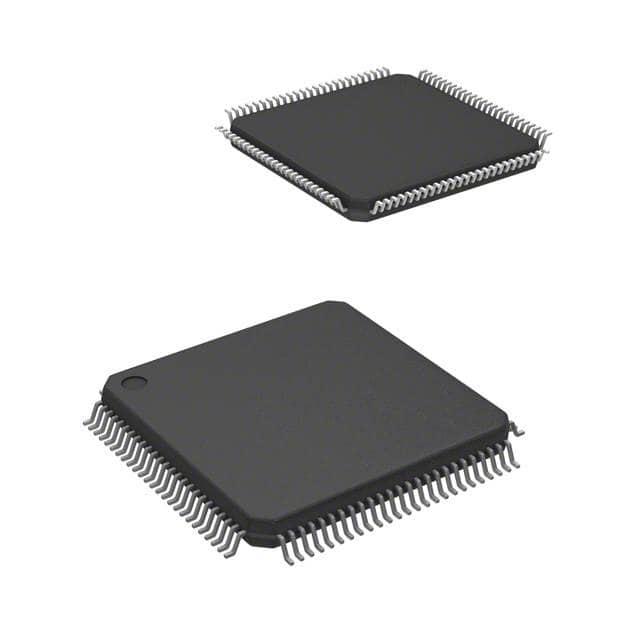 |
| Part Number | STM32F407VET6 | STM32F407VET6TR |
| Manufacturer | STMicroelectronics | STMicroelectronics |
| Package/Case | 100-LQFP | 100-LQFP |
| Series | STM32F4 | STM32F4 |
| Packaging | Tray | Tape & Reel (TR) |
| Product Status | Active | Active |
| Programmable | Not Verified | Not Verified |
| Core Processor | ARM® Cortex®-M4 | ARM® Cortex®-M4 |
| Core Size | 32-Bit Single-Core | 32-Bit Single-Core |
| Speed | 168MHz | 168MHz |
| Connectivity | CANbus, DCMI, EBI/EMI, Ethernet, I2C, IrDA, LINbus, SPI, UART/USART, USB OTG | CANbus, DCMI, EBI/EMI, Ethernet, I2C, IrDA, LINbus, SPI, UART/USART, USB OTG |
| Peripherals | Brown-out Detect/Reset, DMA, I2S, LCD, POR, PWM, WDT | Brown-out Detect/Reset, DMA, I2S, LCD, POR, PWM, WDT |
| Number of I/O | 82 | 82 |
| Program Memory Size | 512KB (512K x 8) | 512KB (512K x 8) |
| Program Memory Type | FLASH | FLASH |
| EEPROM Size | - | - |
| RAM Size | 192K x 8 | 192K x 8 |
| Voltage - Supply (Vcc/Vdd) | 1.8V ~ 3.6V | 1.8V ~ 3.6V |
| Data Converters | A/D 16x12b; D/A 2x12b | A/D 16x12b; D/A 2x12b |
| Oscillator Type | Internal | Internal |
| Operating Temperature | -40°C ~ 85°C (TA) | -40°C ~ 85°C (TA) |
| Grade | - | - |
| Qualification | - | - |
| Mounting Type | Surface Mount | Surface Mount |
| Supplier Device Package |
inventory:6,558
Please send an inquiry. Send us your inquiry, and we will respond immediately.
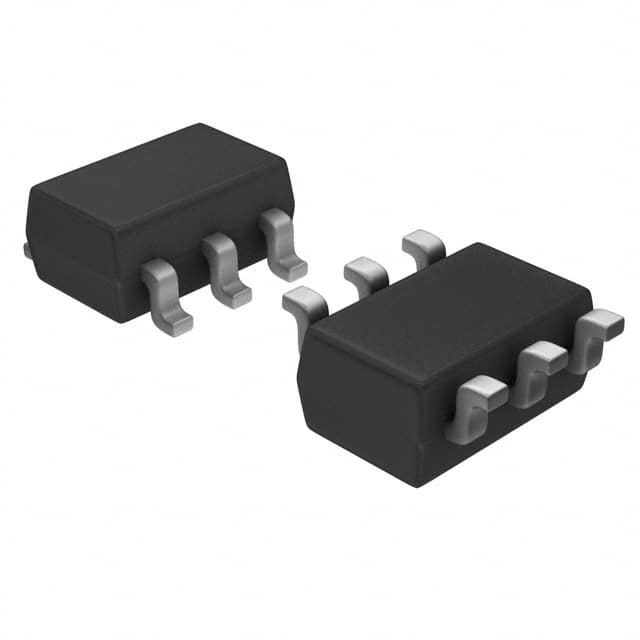
-
ATTINY4-TSHR
Microchip Technology

-
ATTINY10-TSHR
Microchip Technology

-
ATTINY10-TS8R
Microchip Technology
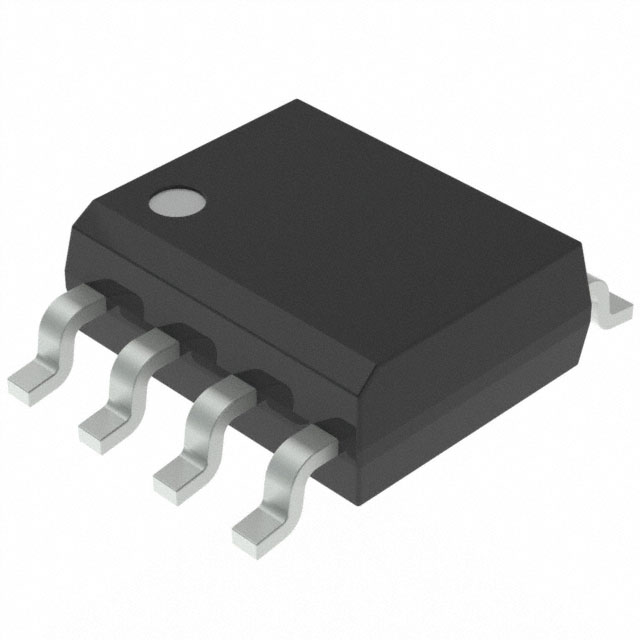
-
ATTINY202-SSNR
Microchip Technology

-
ATTINY202-SSFR
Microchip Technology

-
ATTINY402-SSNR
Microchip Technology





